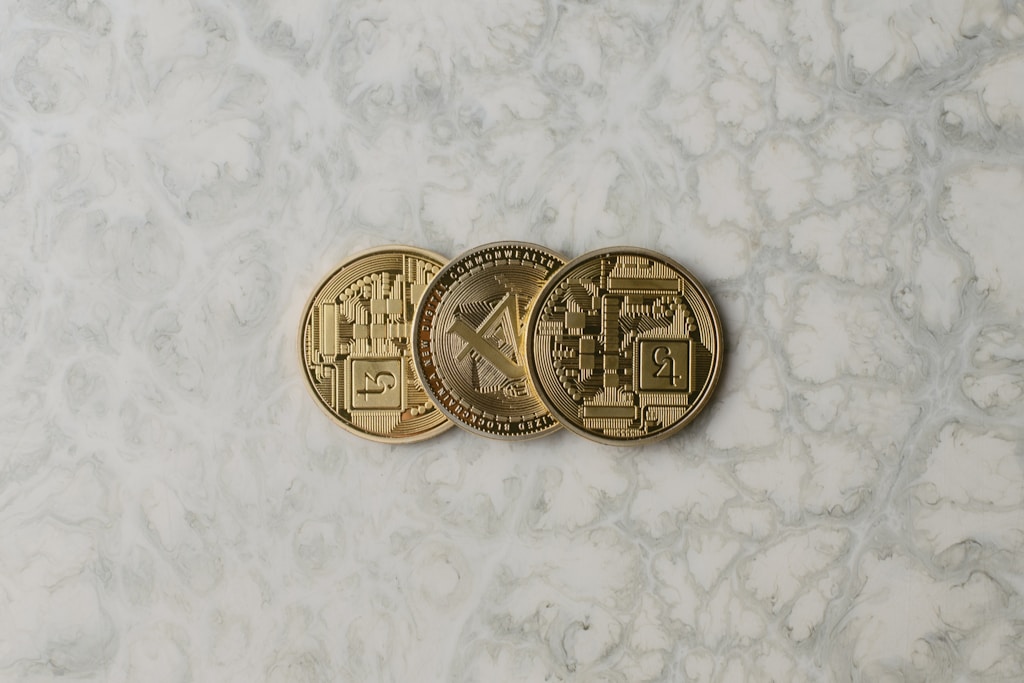In a bold challenge to the crypto industry’s scaling narrative, Solana co-founder Anatoly Yakovenko has ignited a heated debate by questioning the fundamental necessity of Layer-2 solutions. His stance comes amid growing institutional confidence in Solana’s ecosystem, suggesting a potential shift in blockchain scaling perspectives.
The Layer-2 Controversy: Yakovenko’s Position
Yakovenko’s argument centers on three key points:
- Layer-1 solutions can provide superior speed, cost-effectiveness, and security
- L2s introduce unnecessary complexity to blockchain scaling
- Current L1 solutions like Solana already offer sufficient scaling capabilities
Technical Analysis: Solana’s Scaling Capabilities
According to Yakovenko, Solana’s architecture demonstrates impressive metrics:
- Annual data generation: 80TB
- Theoretical capacity: 300,000 transactions per second
- Capability to serve 8 billion users with 3 daily transactions each
Industry Response and Debate
The crypto community’s reaction has been mixed, with notable counterarguments:
‘L1s can’t scale to accommodate 8 billion global users. L2s are needed no matter which chain you see leading the way,’ stated prominent crypto developer @RuzhyoX.
Market Implications
This debate emerges as Solana continues to position itself as a direct competitor to Ethereum’s ecosystem. The discussion has significant implications for:
- Investment strategies in L1 vs L2 protocols
- Future blockchain scaling solutions
- Market dynamics between competing chains
Frequently Asked Questions
What are Layer-2 solutions?
Layer-2 solutions are protocols built on top of existing blockchains to improve scalability and efficiency.
Why does Solana claim L2s are unnecessary?
Solana argues its L1 architecture already provides the necessary scaling capabilities without the added complexity of L2 solutions.
How does this affect investors?
This debate could influence investment decisions between L1 and L2 protocols, potentially affecting market valuations and project development focus.
